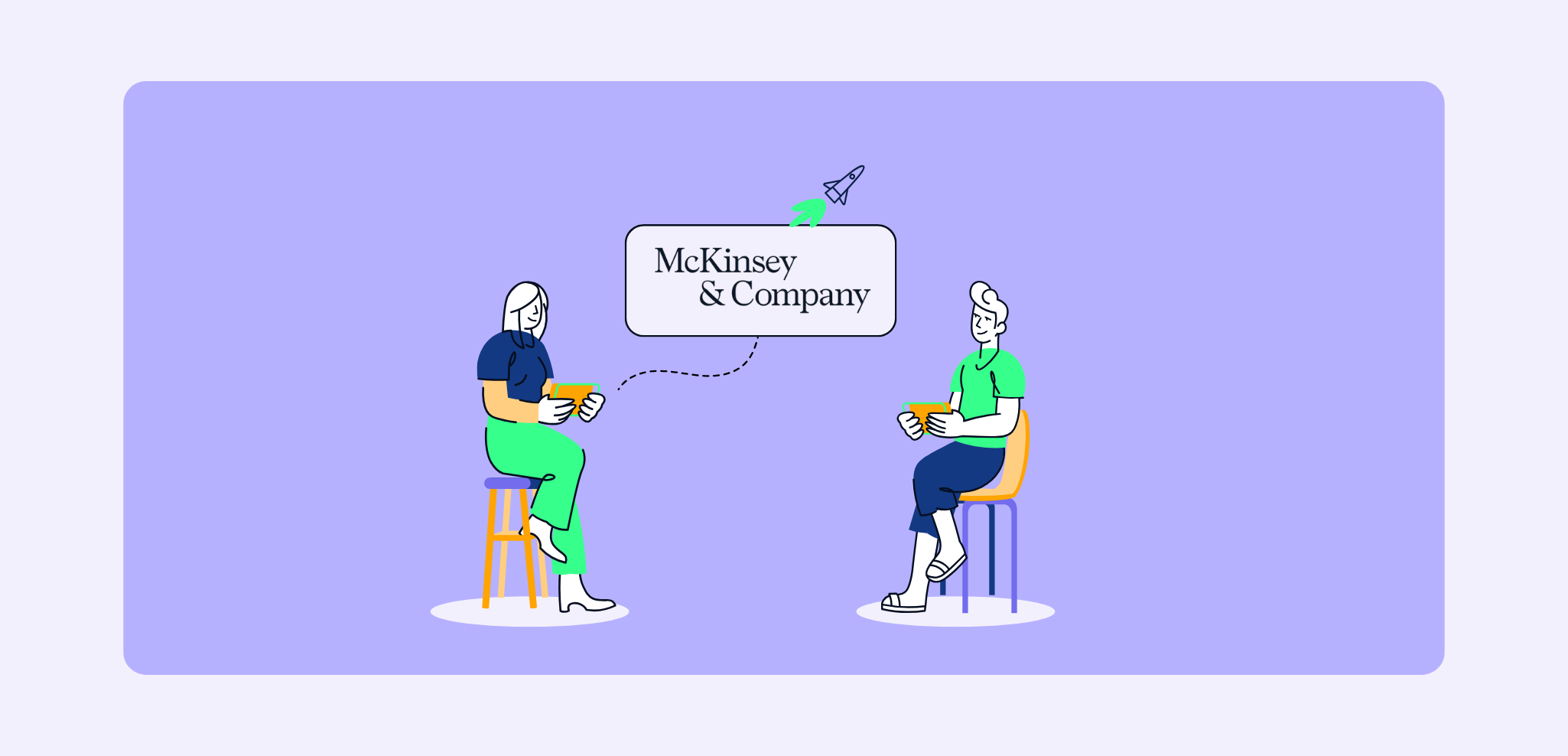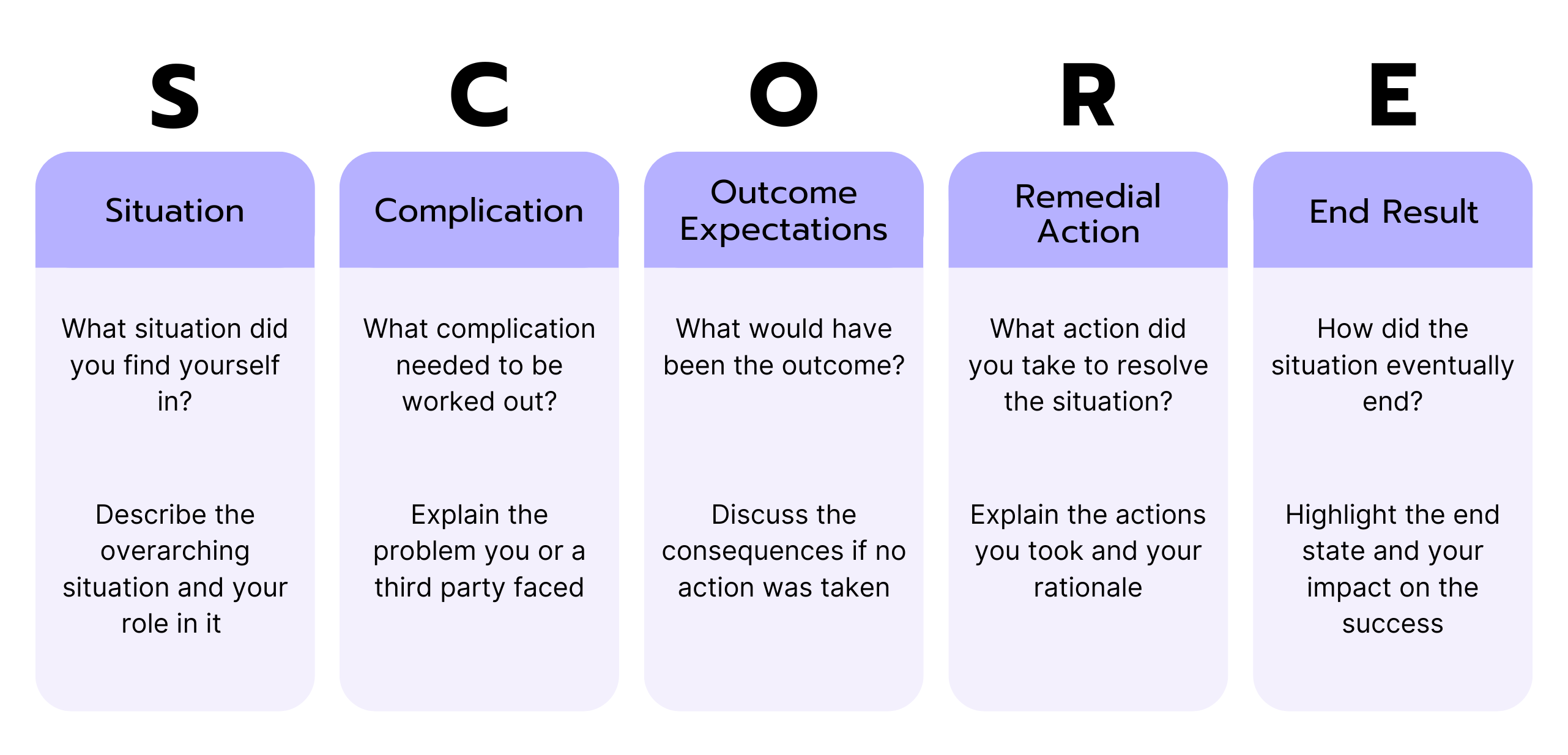The McKinsey PEI (Personal Experience Interview) is a key part of consulting applications, but differs from the personal fit interviews at other firms like BCG or Bain. Despite being around for years, many candidates still struggle to prepare effectively for it.
A quick Google search often leads to myths or irrelevant advice, causing confusion and preparation for the wrong types of questions.
In this article, coach Florian will clarify the PEI by covering:
- What it really is and why it matters.
- How to prepare for it effectively.
- How to answer the questions in the best way.
The article is divided into three sections: first, an introduction to the PEI's format and purpose; second, a breakdown of the content needed for each part; and third, tips on how to communicate your stories effectively, with examples for clarity. 🎯












